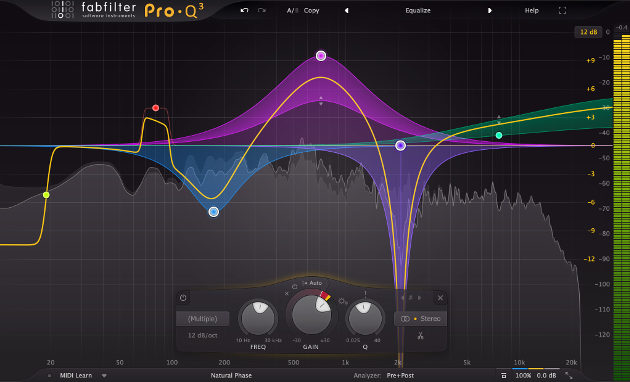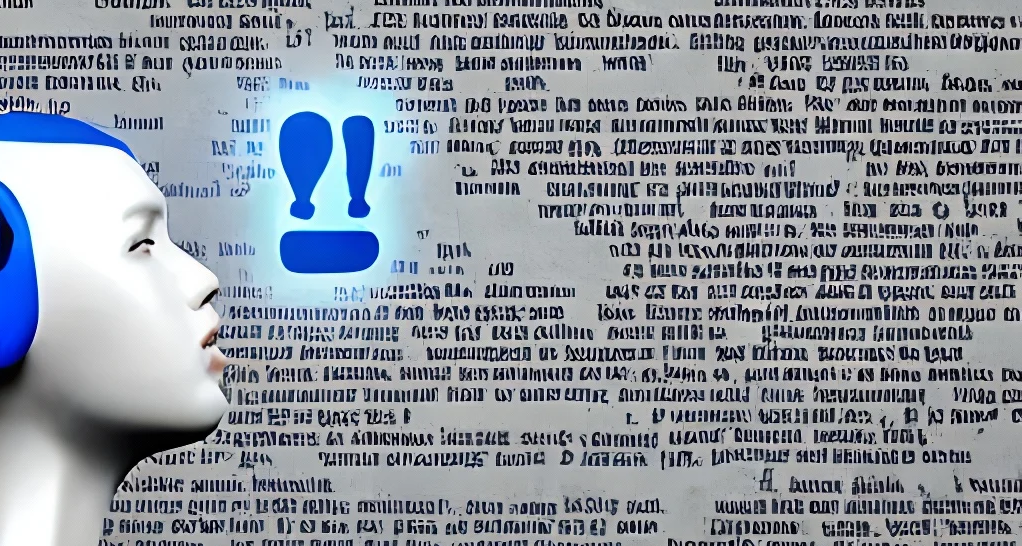We're excited to roll out an upgraded version of our Transcript Editor, focusing on enhancing your transcription workflow and making it more intuitive, especially for mobile users. This overhaul introduces several key improvements and features designed to streamline the transcription process.

What's new?
Line by Line Editing
Your transcript is being rendered line by line. This allows for
precise editing of every single timestamp. Depending on the
speech recognition engine editing can be done on word or phrase level.
For optimal results, we suggest utilizing our
Auphonic Whisper ASR engine.
 A paragraph ...
A paragraph ...






